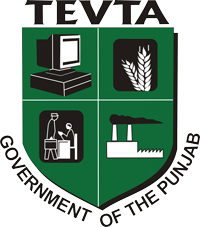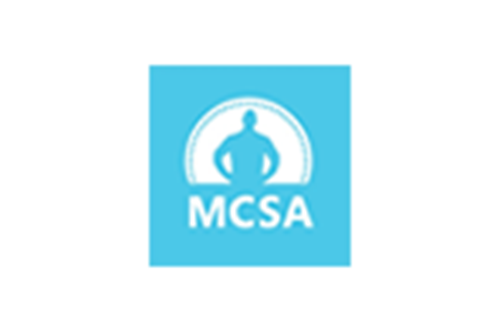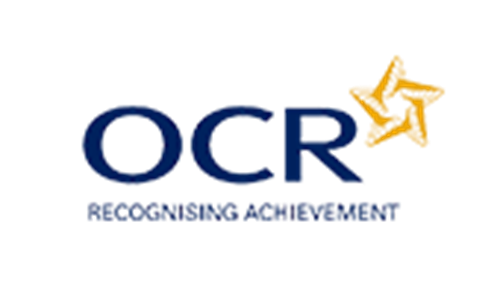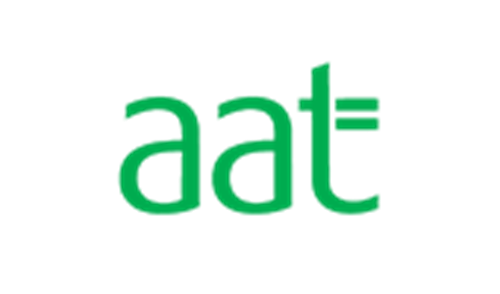Your car, electronics, and furniture did not suddenly lose all their value, and unfortunately, you still have outstanding debt. Therefore, these accounts still have a balance in the new year, because they are not closed, and the balances are carried forward from December 31 to January 1 to start the new annual accounting period. The next day, January 1, 2019, you get ready for work, but before you go to the office, you decide to review your financials for 2019. What are your total expenses for rent, electricity, cable and internet, gas, and food for the current year? You have also not incurred any expenses yet for rent, electricity, cable, internet, gas or food.
- You must close each account; you cannot just do an entry to "expenses".
- Remember the income statement is like a moving picture of a business, reporting revenues and expenses for a period of time (usually a year).
- All generated revenue of a period is transferred to retained earnings so that it is stored there for business use whenever needed.
The balance in dividends, revenues and expenses would all be zero leaving only the permanent accounts for a post closing trial balance. The trial balance shows the ending balances of all asset, liability and equity accounts remaining. The main change from an adjusted trial https://www.wave-accounting.net/ balance is revenues, expenses, and dividends are all zero and their balances have been rolled into retained earnings. We do not need to show accounts with zero balances on the trial balances. This accounts list is identical to the accounts presented on the balance sheet.
Closing Entries as Part of the Accounting Cycle
" Could we just close out revenues and expenses directly into retained earnings and not have this extra temporary account? We could do this, but by having the Income Summary account, you get a balance for net income a second time. This gives you the balance to compare to the income statement, and allows you to double check that all income statement accounts are closed and have correct amounts. If you put the revenues and expenses directly into retained earnings, you will not see that check figure.
This is no different from what will happen to a company at the end of an accounting period. A company will see its revenue and expense accounts set back to zero, but its assets and liabilities will maintain a balance. Stockholders' equity accounts will also maintain their balances. In summary, the accountant resets the temporary accounts to zero by transferring the balances to permanent accounts. It is permanent because it is not closed at the end of each accounting period. At the start of the new accounting period, the closing balance from the previous accounting period is brought forward and becomes the new opening balance on the account.
This is an optional step in the accounting cycle that you will learn about in future courses. Steps 1 through 4 were covered in Analyzing and Recording Transactions and Steps 5 through 7 were covered in The Adjustment Process. Notice that the balance of the Income Summary account is actually urban dictionary the net income for the period. Remember that net income is equal to all income minus all expenses. If your expenses for December had exceeded your revenue, you would have a net loss. When closing expenses, you should list them individually as they appear in the trial balance.
In a sole proprietorship, a drawing account is maintained to record all withdrawals made by the owner. In a partnership, a drawing account is maintained for each partner. All drawing accounts are closed to the respective capital accounts at the end of the accounting period. Take note that closing entries are prepared only for temporary accounts.
Afterwards, withdrawal or dividend accounts are also closed to the capital account. However, some corporations use a temporary clearing account for dividends declared (let’s use “Dividends”). They’d record declarations by debiting Dividends Payable and crediting Dividends. If this is the case, then this temporary dividends account needs to be closed at the end of the period to the capital account, Retained Earnings. When dividends are declared by corporations, they are usually recorded by debiting Dividends Payable and crediting Retained Earnings.
Example of a Closing Entry
After the closing entries have been made, the temporary account balances will be reflected in the Retained Earnings (a capital account). In other words, the temporary accounts are closed or reset at the end of the year. Income summary effectively collects net income (NI) for the period and distributes the amount to be retained into retained earnings.
As you will see later, Income Summary is eventually closed to capital. This transaction increases your capital account and zeros out the income summary account. Since we credited income summary in Step 1 for $5,300 and debited income summary for $5,050 in Step 2, the balance in the income summary account is now a credit of $250.
Closing Entry for Income Summary
The entries take place “behind the scenes,” often with no income summary account showing in the chart of accounts or other transaction records. The end result is equally accurate, with temporary accounts closed to the retained earnings account for presentation in the company’s balance sheet. We need to do the closing entries to make them match and zero out the temporary accounts.
It is important to understand retained earnings is not closed out, it is only updated. Retained Earnings is the only account that appears in the closing entries that does not close. You should recall from your previous material that retained earnings are the earnings retained by the company over time--not cash flow but earnings. Now that we have closed the temporary accounts, let's review what the post-closing ledger (T-accounts) looks like for Printing Plus. As mentioned, temporary accounts in the general ledger consist of income statement accounts such as sales or expense accounts. When the income statement is published at the end of the year, the balances of these accounts are transferred to the income summary, which is also a temporary account.
The balance in Income Summary is the same figure as what is reported on Printing Plus's Income Statement. The income summary account is an intermediary between revenues and expenses, and the Retained Earnings account. It stores all of the closing information for revenues and expenses, resulting in a "summary" of income or loss for the period.
On the statement of retained earnings, we reported theending balance of retained earnings to be $15,190. We need to dothe closing entries to make them match and zero out the temporaryaccounts. Notice the balance in Income Summary matches the net income calculated on the Income Statement.
Unit 4: Completion of the Accounting Cycle
All temporary accounts must be reset to zero at the end of the accounting period. To do this, their balances are emptied into the income summary account. The income summary account then transfers the net balance of all the temporary accounts to retained earnings, which is a permanent account on the balance sheet. Companies use closing entries to reset the balances of temporary accounts �' accounts that show balances over a single accounting period �' to zero. By doing so, the company moves these balances into permanent accounts on the balance sheet. These permanent accounts show a company's long-standing financials.
For our purposes, assume that we are closing the books at the end of each month unless otherwise noted. Over 1.8 million professionals use CFI to learn accounting, financial analysis, modeling and more. Start with a free account to explore 20+ always-free courses and hundreds of finance templates and cheat sheets. Mary Girsch-Bock is the expert on accounting software and payroll software for The Ascent.






























 WhatsApp
WhatsApp